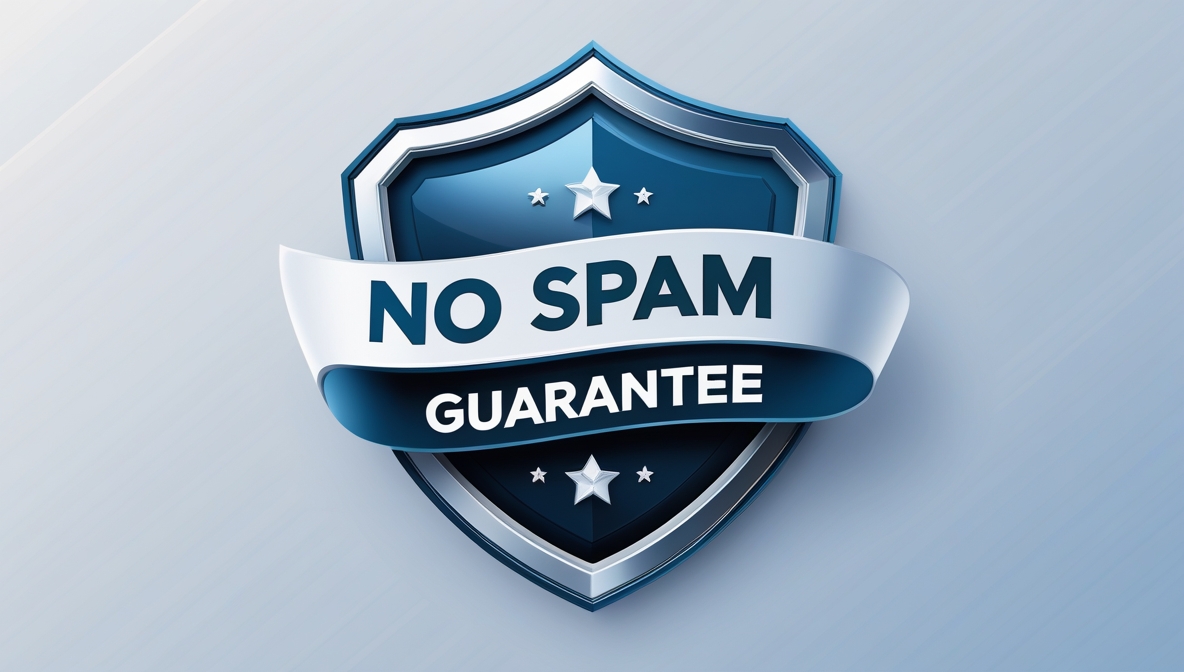These are seven fundamental rules for shaping an IT landscape that drives your business forward. They're designed for CIOs, enterprise architects, and IT leaders who need clear strategic direction grounded in operational reality.
These practical and essential rules are applied starting with understanding your current IT environment through accurate, real-time data, stressing the importance of a shared language and consistent definitions across your enterprise, and laying out how IT can inform and shape business strategy. These principles come together to create a living, adaptable IT roadmap that is directly tied to business goals.
These rules help you build an IT strategy that stays relevant as conditions change. They show how to connect every IT initiative to a clear business objective, how to avoid costly missteps from outdated data or siloed decisions, and how to communicate IT’s contributions in a way that earns trust at the highest level.
The rules and examples are drawn from the experiences of large, complex enterprises managing multi-layered IT portfolios. They align with proven enterprise architecture practices and highlight insights from leaders at global organizations. This guide reflects real operational challenges—making it both strategic and grounded.
These Seven Rules of Business IT Alignment Will Help You...
These practical rules turn IT planning from a static exercise into a dynamic capability that drives business results. Each rule connects directly to decisions you’ll make and deliverables you’ll build to steer IT with confidence.
- Know your current landscape: Create an accurate IT baseline
By emphasizing a precise, up-to-date view of your systems and applications, it enables you to build a reliable inventory and architecture map—essential for planning what to keep, consolidate, or retire. - Establish shared language: Standardize definitions and artifacts
Using consistent, rich terminology helps you create documentation that all stakeholders can trust, from capability models to contract and compliance records, ensuring every decision starts with the same understanding. - Tie IT directly to business goals: Build strategy-driven roadmaps
Understanding the enterprise strategy first means every IT decision and future state model can be explicitly traced back to business objectives, shaping investment cases and prioritization. - Design for change: Maintain living roadmaps and impact models
With rules that account for shifting technologies, vendor moves, and new regulations, you’ll keep your transformation plans current and ready to adapt, avoiding costly course corrections later. - Integrate IT into strategic conversations: Shape and inform business direction
Treating IT as a core input into strategy discussions helps you prepare capability assessments and impact analyses that inform executives’ choices, positioning IT as a partner in shaping outcomes. - Communicate clearly: Create decision-ready views for the boardroom
By learning to present IT risks, costs, and opportunities in business language, you’ll build dashboards, briefing documents, and scenario plans that win executive backing.
These business IT alignment rules ensure your IT function isn’t just aligned to business goals on paper—it becomes an engine that actively drives them, supported by clear deliverables and decisions that matter.
This rulebook is for CIOs, enterprise architects, and senior IT leaders who want more than broad alignment talk. It offers a practical, rule-based approach to transform IT from a cost center into a strategic driver—grounded in accurate data, shaped by shared definitions, tied directly to business goals, and communicated in terms executives value.


